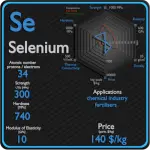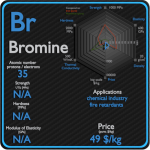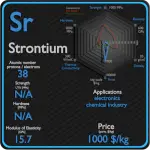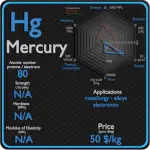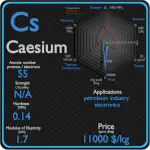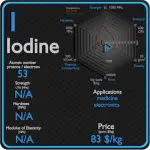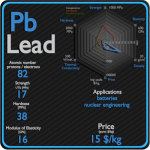This article contains comparison of key thermal and atomic properties of iodine and mercury, two comparable chemical elements from the periodic table. It also contains basic descriptions and applications of both elements. Iodine vs Mercury.
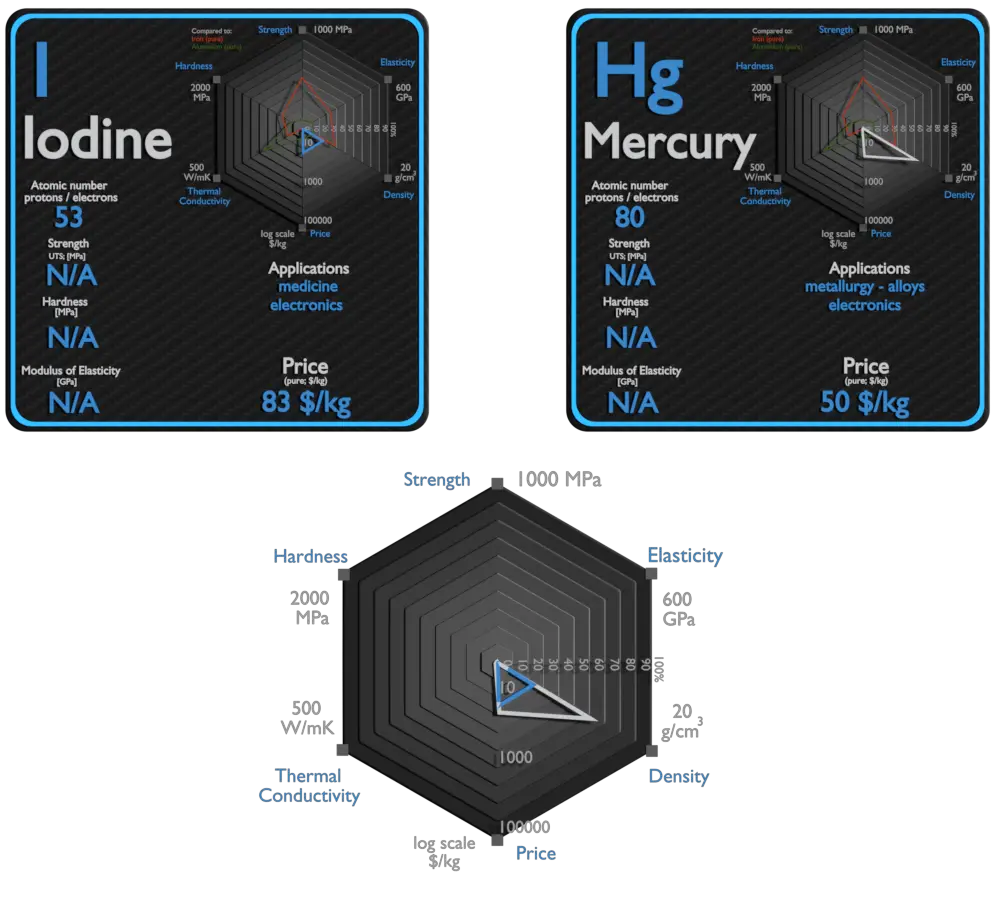
Iodine and Mercury – About Elements
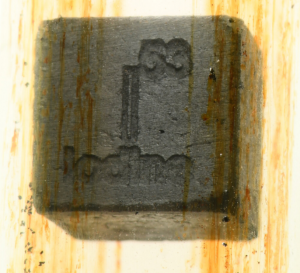
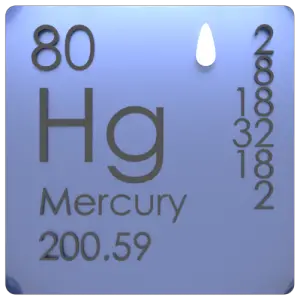
Source: www.luciteria.com
Iodine and Mercury – Applications
Iodine
In addition to nutrition products, iodine and iodine derivatives are used in a wide range of medical, agricultural, and industrial applications. About half of all produced iodine goes into various organoiodine compounds, another 15% remains as the pure element, another 15% is used to form potassium iodide, and another 15% for other inorganic iodine compounds. The leading application is in the production of X-ray contrast media (22%). Iodine’s high atomic number and density make it ideally suited for this application, as its presence in the body can help to increase contrast between tissues, organs, and blood vessels with similar X-ray densities. It is used as an antiseptic for external wounds. Another application driving the demand for iodine is in polarizing film in liquidcrystal display (LCD) screens.
Mercury
Mercury is used primarily for the manufacture of industrial chemicals or for electrical and electronic applications. However, because of its toxicity, many uses of mercury are being phased out or are under review. It is used in some thermometers, especially ones which are used to measure high temperatures. Mercury easily forms alloys, called amalgams, with other metals such as gold, silver and tin. The ease with which it amalgamates with gold made it useful in recovering gold from its ores. Mercury amalgams were also used in dental fillings. Gaseous mercury is used in mercury-vapor lamps and some “neon sign” type advertising signs and fluorescent lamps.
Iodine and Mercury – Comparison in Table
| Element | Iodine | Mercury |
| Density | 4.94 g/cm3 | 13.534 g/cm3 |
| Ultimate Tensile Strength | N/A | N/A |
| Yield Strength | N/A | N/A |
| Young’s Modulus of Elasticity | N/A | N/A |
| Mohs Scale | N/A | N/A |
| Brinell Hardness | N/A | N/A |
| Vickers Hardness | N/A | N/A |
| Melting Point | 113.5 °C | -38.9 °C |
| Boiling Point | 184 °C | 357 °C |
| Thermal Conductivity | 0.449 W/mK | 8.3 W/mK |
| Thermal Expansion Coefficient | N/A | 60.4 µm/mK |
| Specific Heat | 0.214 J/g K | 0.139 J/g K |
| Heat of Fusion | 7.824 kJ/mol | 2.295 kJ/mol |
| Heat of Vaporization | 20.752 kJ/mol | 59.229 kJ/mol |

